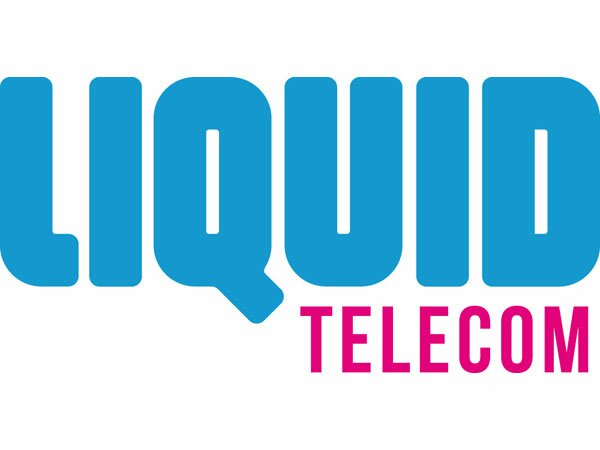Liquid Telecom Kenya launches campaign to protect fibre cables
By Claire Wanja
Liquid Telecom Kenya has launched a series of countrywide awareness campaigns to protect rural fibre optic cable networks from vandalism thatis costing the country hundreds of millions of shillings a year.
Fibre optic cable contains strands of glass fibre inside an insulated casing and is designed to provide higher bandwidth and transmit signals over longer distances. It supports most of the world’s Internet, cable television and telephone systems.
But the cables are delicate and any damage can affect thousands of end users, including mobile operators, banks, government offices, businesses and individuals. The resulting Internet disruption generally lasts for hours, with fibre repairs requiring the mobilisation of specialists and equipment to sometimes remote or difficult-to-access areas.
Most Internet Service Providers reroute customers to satellite or other types of connectivity while the repairs are underway, but the connections are often slower, leading to lost productivity and sales for businesses, and delays and holdups for consumers. The rerouting can also add significant costs for ISPs.
However, with the launch of countrywide barazas, Liquid Telecom Kenya has identified a host of different reasons for the cuts. For example, people in areas around Nyanchwa Hill in the western part of Kenya were targeting fibre cables for copper, while in Kajiado, villagers were targeting the cables to make enclosures for milk and water storage, as well as for duct as pipes for fire blowing.
In Kamakaa area in Kericho, villagers were using the cables for herding the animals, while in Murang’a and Kirimi, people dug up the cables in search of copper and water pipes. In Meru, the ducts were being harvested for water pipes.
The study also found that cables were more likely to be cut in rural areas, even though urban areas have a higher number of cables in any given area.
“Severing the fibre optic cables causes service interruption leading to a huge inconvenience to businesses and home users. It also incurs a high maintenance cost,” said Wilfred Waithaka, Liquid Telecom Kenya’s Chief Technology Officer.
For these reasons, Liquid Telecom Kenya is now conducting therural community awareness programme in areas prone to vandalism to stop the lifting of cables by organizingbarazas with the local chiefs and village elders, and engaging local youth as site monitors.
The company has decentralised the community engagements through its contractors and regional staff, sensitising villagers to the absence of any resale value infibre optic cables and to the importance of the infrastructure within their neighborhood.
The most recent engagement was in DC-Emali segment in Malili, on one of Kenya’s Internet backbone paths.The township is currently undergoing intense construction, especially in areas close to the highway, prompting ongoingbarazaswith plot owners and construction workers on the need to protect the cables.
“The need to protect fibre cables is among the things discussed during barazas. I invite individuals from Liquid Telecom Kenya and give them the platform to address members of the community present on the reasons why they should not damage the cables. We have so far received positive response from youths and residents,” said Emalitownship Chief Michael Kivondo.
“We also target contractors and rally them not to destroy the cables, but instead alert the administration in advance. We have had instances where people call me to come and confirm whether what they have found underground are the cables and we figure out what we can do to make sure they are not damaged,” said Chief Kivondo.
This is a continuous process conducted once a month in different places along Liquid Telecom Kenya’s 5,000km Kenyan fibre network and is supported by weekly route patrols to detect any activity exposing the cables.
“We also ensure that whenever there is a Liquid Telecom Kenya cable laying project, the contractors engage the locals for the manual work, to earn a living, and leave portions of the off-cut fibre optic cables exposed for them to easily detect the real content of the cables underground,” said Waithaka.
Liquid Telecom Kenya has also engagedlocal youth as site monitors to help spread awareness on the importance of the cable networks. Some of the communities have welcomed the positive gains of this arrangement in actively engaging youth in community responsibilities.
The Internet Service Provider then receives reports from route patrols and from the site monitors that drive the agenda for further awareness raising, as a proactive mitigation of vandalism. “If cable vandalism goes unchecked, it has serious implications on smooth communication services,” said Waithaka.
In Kenya, tampering with, vandalising, damaging or removing any telecommunications infrastructure is considered an offence and attracts a penalty of a fine not less than Sh5m, or imprisonment of not less than 10 years, or both.
The proposed Critical Infrastructure Bill which is still in the initial stages is expected to elevate the status of telco infrastructure recognising, for the first time, fibre optic cables as critical infrastructure and giving them the same security as electricity and water infrastructure. The Bill also intends to coordinate different sector players with regards to installation of infrastructure to avoid damages.





